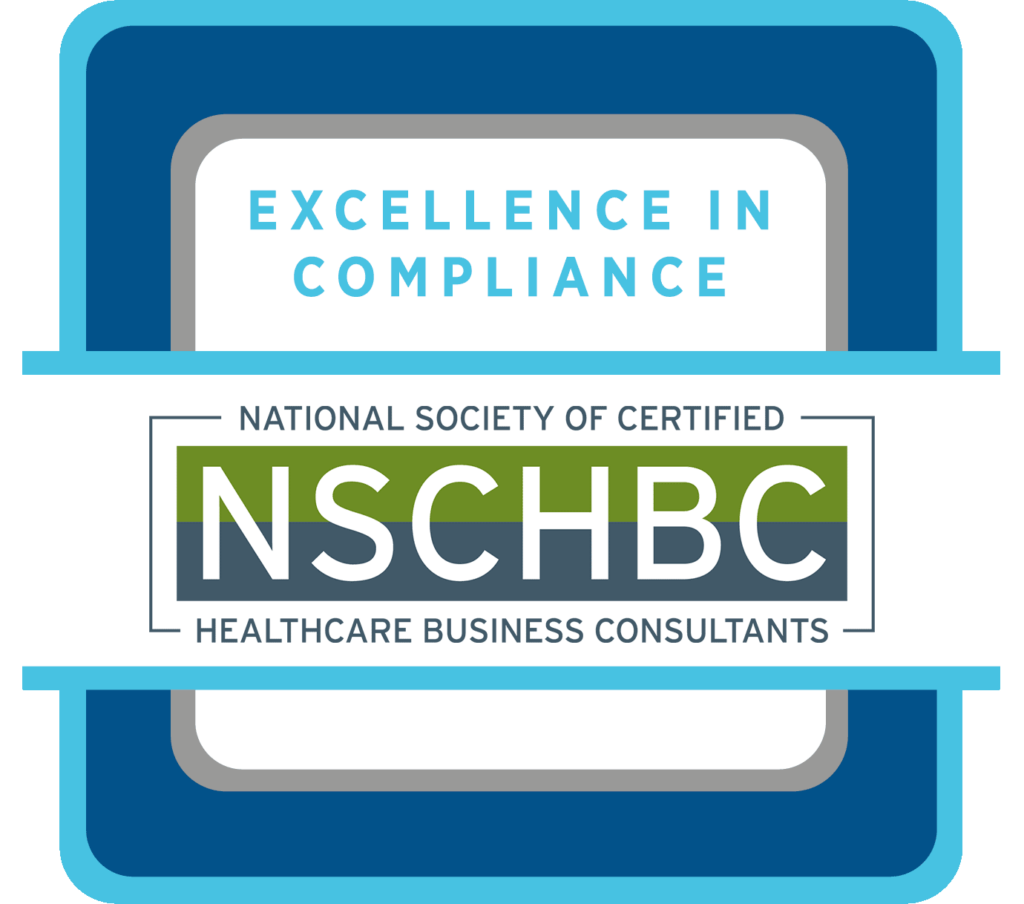Don’t Let Revenue Slip Away: Get Back in Black and Stay There

Keeping your practice financially “in the black” —that is, financially profitable— isn’t as straightforward as it used to be. Rising operational costs, evolving regulatory requirements, and increasingly complex insurance reimbursement policies place significant pressure on revenue streams. If your revenue cycle isn’t optimized, you’re likely losing a substantial amount of money.
Insurance companies have made getting paid a battle. They use pre-authorizations, automated denials, and loopholes to hold onto reimbursements. Meanwhile, tiny mistakes—like an outdated insurance ID or a missing modifier—can lead to immediate claim rejections. And if your front desk isn’t airtight with patient verification, you could be losing thousands without even realizing it. But there’s good news: with the right revenue cycle management (RCM) strategies, you can reclaim lost income and ensure your practice thrives.
The Hidden Revenue Leak in Your Practice
Your biggest financial losses aren’t where you think they are. In fact, they’re likely hiding in plain sight. Many medical practices assess their financial health through profit and loss (P&L) reports. Still, these documents don’t always reveal the whole picture. The most significant revenue losses often occur behind the scenes—within the billing and collections processes.
So, where is this money slipping away?
- Unbilled services: Some office visits, surgeries, or hospital encounters never make it into the system for billing.
- Denied claims: Insurance companies reject claims for missing authorizations, incorrect coding, or documentation errors—many of which could be reversed with the proper follow-up.
- Missed filing deadlines: Many claims aren’t submitted within the insurance company’s timeframe, leading to automatic revenue loss.
- Patient balances: If copays and deductibles aren’t collected during service, they become more challenging to recover later.
These revenue leaks may seem small, but they add up quickly. The key is to implement systematic tracking and denial management strategies. If you don’t, your practice essentially gives away money that rightfully belongs to you.
The Front Desk: Your First Line of Defense
Most revenue losses begin at the front desk. Small mistakes—such as incorrect patient information, missing insurance details, or failure to verify eligibility—can lead to denied claims and delayed payments. The front desk should not only be a place for greeting patients but also a critical checkpoint for revenue integrity.
Ask yourself:
- Are patient demographics being verified and updated every visit?
- Is your staff consistently checking insurance eligibility before services are rendered?
- How often are pre-authorizations overlooked?
- Are copays and deductibles being collected at the time of service—or are they slipping through the cracks?
Establishing clear protocols, investing in staff training, and leveraging technology for verification and data entry can eliminate many preventable errors.
The Role of Insurance Companies in Your Bottom Line
Insurance companies greatly influence your revenue cycle—but not always in your favor. They dictate what procedures are covered and how much they will reimburse. They often use authorization processes to delay or deny payments.
Key challenges include:
- Pre-authorization requirements: Without proper authorization, claims for necessary services may be denied, delaying revenue collection.
- Automated claim denials: Insurance systems can instantly reject claims with minor coding errors or missing information.
- Medical necessity denials: Payers often override physicians’ clinical judgment, citing their own criteria for necessary care.
- Delayed reimbursements: Even approved claims can face lengthy processing times, affecting cash flow.
So, what’s the solution? Stay one step ahead. Make insurance verification and authorization part of your daily routine. Train your team to catch coding errors before claims go out the door. Most importantly, track your denials because knowing why claims are rejected is the first step toward fixing the problem.
Finding Lost Revenue: A Deep Dive
Once you know where revenue is slipping away, the next step is recovering it. Start by mapping your claim denials and financial trends:
- Which denial codes appear most frequently?
- How many claims were denied due to missing information?
- Are there recurring patterns in unpaid patient balances?
- How old is your accounts receivable?
- Do you have a system for tracking missing charges?
A data-driven approach helps pinpoint problem areas so that you can implement targeted solutions. Map out denial reasons, track missing charges, and zero in on aging claims. Then—most importantly—act on what you find. Build a process. Train your team. Use tech tools that flag issues before they cost you.
Actionable Steps to Get “Back in Black”
If you’re serious about getting your practice “Back in Black,” it’s time to stop playing defense and start taking proactive steps. Revenue isn’t going to recover itself—you need a plan. Here’s a step-by-step plan to get started:
- Audit your revenue cycle – Conduct a thorough review of past claims, denials, and collections to identify gaps.
- Strengthen front-end processes – Train staff on accurate data entry, insurance verification, and authorization protocols.
- Implement a denial management strategy – Track and categorize denials, appealing those unjustly rejected.
- Leverage technology – Use automated claim tracking and billing software to flag issues before they become costly denials.
- Focus on patient collections – Ensure transparency in patient billing and offer easy payment options to reduce outstanding balances.
- Work with RCM experts – If managing billing in-house is too overwhelming, consider outsourcing to a dedicated revenue cycle management firm like Medicus Billing.
Take these steps, and you’ll see a noticeable improvement in your revenue.
Take Control of Your Revenue Cycle
Keeping your practice financially “in the black” ensures you get paid for your services. Identifying where revenue is lost is essential, but taking deliberate, corrective action is the true difference. By optimizing front-end processes, implementing structured denial management strategies, and leveraging technology, your practice can recover substantial lost income and secure its financial future.
Ready to get your practice back in black? Partner with Medicus Billing and let our experienced team help you streamline your revenue cycle, reduce denials, and maximize profitability. Contact us today to schedule a revenue cycle assessment. Your financial health depends on it.
About the Author: Cyndi Walker
Cyndi Walker, CMC CHBC, is the founder of Medicus Billing and Consulting, a premier billing company with over 40 years of experience in the medical billing industry. With certifications in Medical Coding, Healthcare Billing Consulting, and Compliance, Cyndi has built a reputation as a trusted expert in the field. She regularly shares her extensive knowledge on topics such as coding, payer appeals, regulations, and billing techniques. Connect with Cyndi today to discover how Medicus Billing can streamline and enhance your practice’s billing processes.

Contact Us Today
"*" indicates required fields



